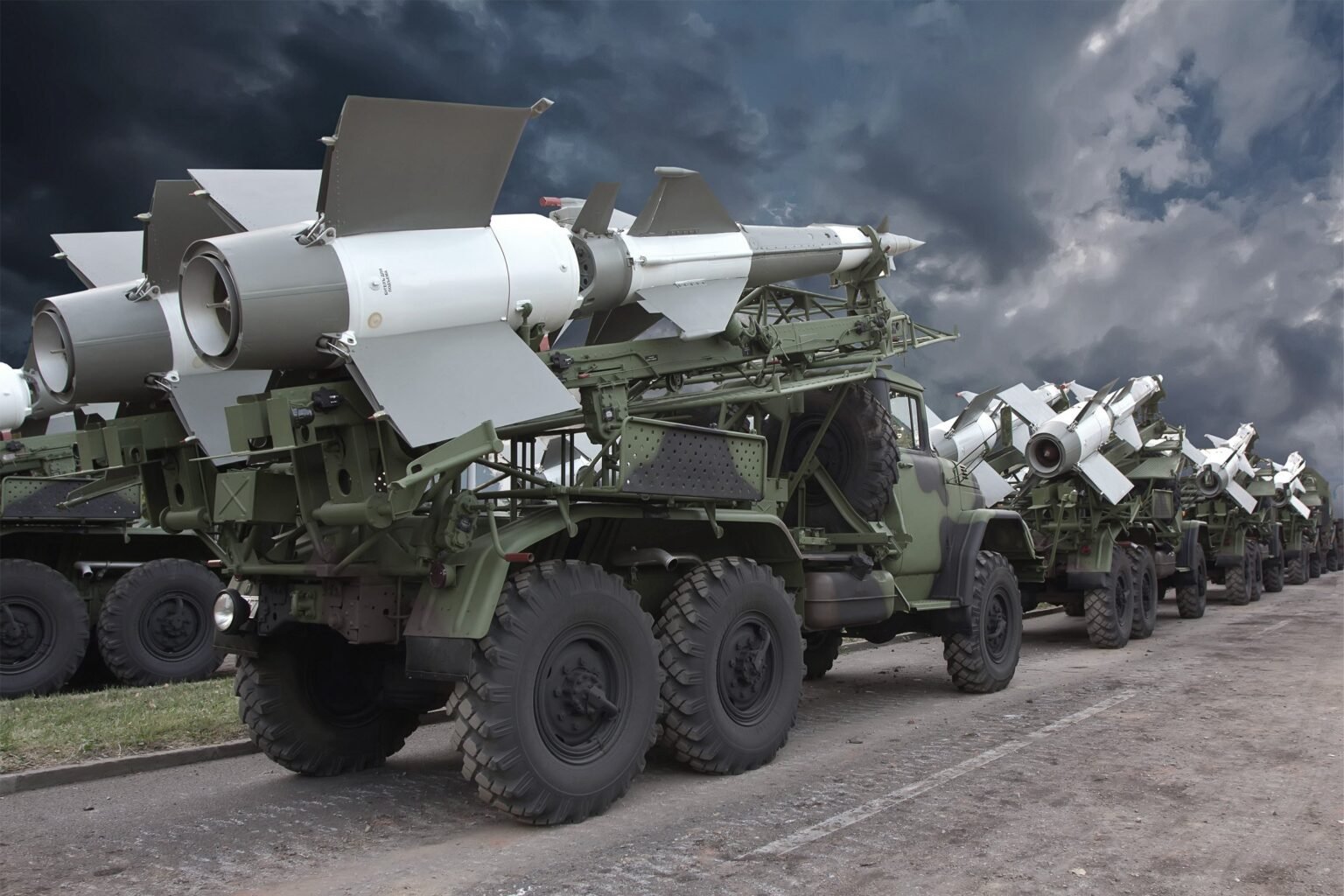—
This global risk forecast is accurate as of today, and reflects verified international developments, diplomatic trends, and military activity. It aims to inform policymakers, analysts, and the public about potential future scenarios based on current data.
—
### WWIII Risk Meter
Yellow. Current global tensions are elevated but not at critical levels. Ongoing conflicts in Ukraine, Taiwan, and the South China Sea, combined with rising military posturing by major powers, contribute to a moderate risk environment. Diplomatic channels remain open, yet mistrust persists among key nations.
### Estimated WWIII Onset Window
November 2025 – February 2026, with a 15% chance of escalation to global conflict if trigger events align. The window reflects rising tensions but remains uncertain due to ongoing diplomatic efforts.
### Escalation Curve
The escalation curve models the increasing probability of a global-scale conflict over the next 12 months, assuming no major de-escalation of tensions.
– June 2025: 0%
– September 2025: 4%
– December 2025: 9%
– March 2026: 15%
– June 2026: 22%
### Trigger Events
**1. Taiwan Strait Crisis Escalation**
Region: East Asia
Pathway: A missile or naval incident could escalate into a broader US-China confrontation, potentially triggering NATO or regional alliances.
Estimated risk increase: +5%
**2. European Energy Crisis and Russia-Ukraine Tensions**
Region: Eastern Europe
Pathway: A severe disruption of energy supplies combined with military incidents could escalate into a wider conflict involving NATO.
Estimated risk increase: +4%
**3. Middle East Proxy Confrontations**
Region: Middle East
Pathway: Escalations between Iran and Israel or Saudi Arabia could draw in global powers through proxy conflicts, igniting broader regional instability.
Estimated risk increase: +3%
**4. Cyber Warfare and Economic Sabotage**
Region: Global
Pathway: Major cyber attacks on financial systems or infrastructure could provoke military responses, especially if linked to state actors.
Estimated risk increase: +2%
### Geopolitical and Economic Forecast
The current landscape reflects heightened military activity and economic uncertainty. NATO and US military deployments in the Indo-Pacific are increasing as China asserts more influence in the region. Russia continues to bolster its eastern military posture amid economic sanctions and energy dependencies. European nations face inflation and energy shortages, complicating diplomatic efforts. Global GDP growth has slowed, with rising inflation and trade disruptions. Diplomatic negotiations over Ukraine, Taiwan, and the Middle East remain ongoing but fragile. Military spending continues to grow, nearing historic highs, emphasizing preparedness but also raising risks of miscalculation.
### Mystic Signal Synthesis
– The rising tide of storms symbolizes mounting geopolitical pressure and environmental stress.
– The cracked mirror reflects fractured alliances and trust eroding among superpowers.
– The emerging dawn signifies cautious hope through ongoing diplomacy but warns of the darkness if conflicts escalate.
– The serpent coiled around the globe represents the danger of cyclical conflicts and systemic failure.
– The phoenix rising from ashes hints at potential resilience and renewal if diplomatic breakthroughs occur.
### Environmental Resilience Overlay
Regions experiencing severe droughts, such as the Horn of Africa, Southwest US, and parts of Central Asia, are at increased risk of conflict over scarce water and food resources. Melting Arctic ice opens new shipping routes but also territorial disputes, which could escalate into military confrontations. Climate-induced migration in Africa and South Asia adds pressure to fragile states, heightening the risk of internal and cross-border conflicts.
### Location Safety Index
**1. New Zealand** – Remote, stable governance, abundant natural resources, and strategic neutrality make it the safest.
**2. Iceland** – Geographically isolated with resilient infrastructure and peaceful diplomatic stance.
**3. Canada** – Large landmass, political stability, and resource self-sufficiency.
**4. Switzerland** – Neutral stance, strong defense, and stable economy.
**5. Costa Rica** – No military forces, political stability, and environmental sustainability.
### Global Stability Signals
1. Increasing global military budgets suggest preparedness but also an arms race.
2. Rising refugee flows from conflict zones indicate ongoing instability.
3. Cyber warfare incidents are becoming more frequent and sophisticated, targeting critical infrastructure.
4. Diplomatic efforts, such as the G20 meetings and UN initiatives, show some multilateral engagement but lack decisive progress.
5. Escalating misinformation campaigns undermine trust and complicate diplomatic resolution efforts.
### Historical Normalization
Today’s environment echoes pre-World War I in terms of complex alliance systems, military build-ups, and economic interdependence. Unlike the bipolar Cold War, the current multipolar world features rising powers with overlapping interests, increasing the risk of miscalculation. The proliferation of nuclear arsenals acts as a deterrent but also raises the stakes of any conflict escalation. Public opinion remains divided, with many populations exhausted by ongoing conflicts, yet nationalism and populist movements continue to influence policy. Economic globalization persists, but supply chain vulnerabilities and economic nationalism threaten stability.
### Final Summary
The likelihood of WWIII within the next 12 months remains moderate, with regional flashpoints in East Asia and Eastern Europe most at risk. Environmental pressures and cyber threats add layers of complexity to the geopolitical landscape. Diplomatic efforts and nuclear deterrence serve as stabilizers, but ongoing military buildups and unresolved conflicts could tip the scales toward escalation if trigger events align. Vigilance, diplomacy, and strategic restraint are essential to prevent a global catastrophe.
### Sources and References
– Reuters – “Middle East tension increases oil volatility” – June 2025
– AP – “US-China Naval Incidents Rise in Taiwan Strait” – May 2025
– AFP – “European Energy Crisis Deepens Amid Sanctions” – June 2025
– BBC – “Climate Change and Conflict Risks” – April 2025
– Bloomberg – “Global Military Spending Hits Record High” – 2025 Annual Report
– UN – “Global Refugee Trends” – 2025
– SIPRI – “Military Expenditure and Arms Transfers” – 2025
– NATO – “Eastern Front Updates” – May 2025
– Chatham House – “Environmental Stress and Geopolitical Tensions” – 2024
This forecast aims to inform stakeholders by providing an up-to-date, comprehensive analysis of global war and risk dynamics based on verified data and current trends.




